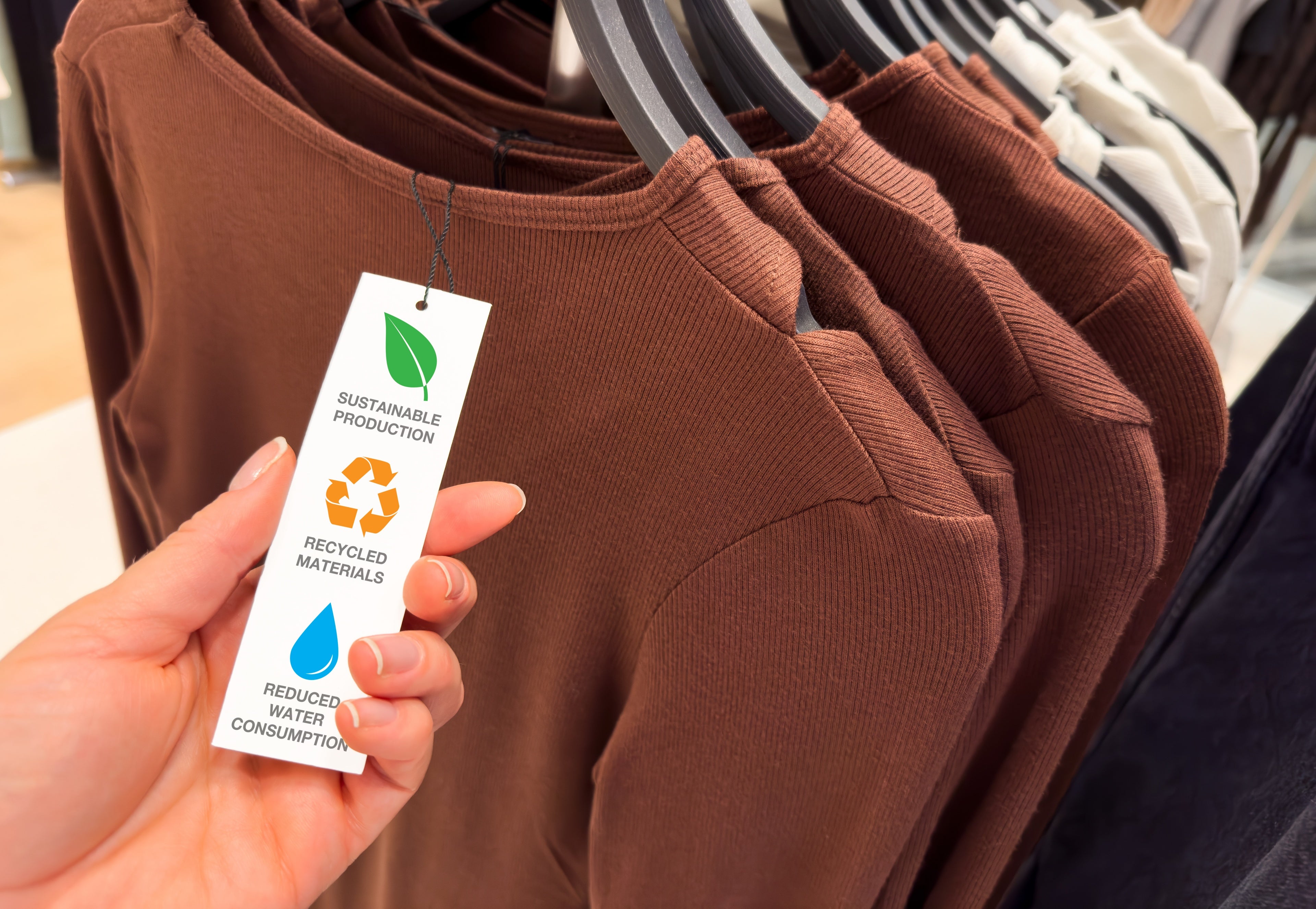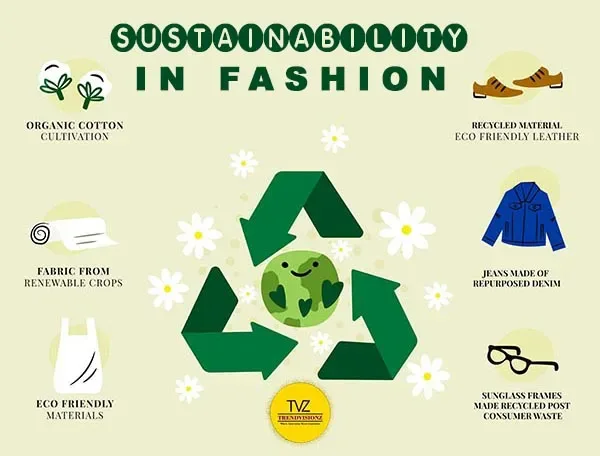Stay Ahead of the Contour by Exploring Ingenious Style Patterns
In a sector as dynamic as fashion, staying in advance includes even more than just adhering to existing fads-- it requires an expedition of advancement. The convergence of modern technology and style proclaims a new era of consumer interaction.

Accepting Smart Textiles
In recent years, the apparel industry has observed a transformative change with the assimilation of wise textiles, an innovative innovation that mixes technology with fabric. This development represents not just a combination of visual appeals and capability but additionally a substantial leap in the direction of sustainability and personalization in vogue. Smart fabrics, additionally referred to as e-textiles, embed innovative electronics such as sensing units and conductive strings within the textile, making it possible for garments to communicate with the atmosphere or the wearer.
These fabrics are created to check physiological parameters, such as heart rate or body temperature level, supplying real-time wellness analytics. Beyond wellness applications, clever textiles are also being utilized for flexible clothing, which can change shade or pattern in response to ecological stimulations, therefore using a vibrant style experience.
In addition, the advancement of energy-harvesting fabrics that generate power from activity or sunlight is leading the way for self-sufficient wearable technology. This innovation is attracting ecologically conscious consumers and designers intending to decrease the eco-friendly impact of style. As r & d in this field advancement, wise fabrics are expected to become increasingly prevalent, improving the landscape of modern style with their multifunctional capabilities.
The Surge of 3D Printing
Revolutionizing the production landscape, 3D printing has become a game-changer in the style sector. This advanced technology has allowed designers to push the borders of imagination, producing elaborate and customized garments that were formerly unthinkable. By leveraging electronic layout and additive manufacturing, 3D printing assists in the development of complicated geometries and patterns, permitting designers to experiment with brand-new textures and frameworks.
A notable benefit of 3D printing in vogue is its capacity to generate on-demand, minimizing waste and minimizing supply requirements. This effectiveness not just enhances production procedures yet additionally enables rapid prototyping, making it possible for designers to bring their visions to life in a shorter duration. Furthermore, 3D printing sustains personalization to a degree unequaled by typical approaches, supplying special layouts and individualized fits tailored to individual consumer preferences.
The surge of 3D printing has also equalized style, making it available to arising designers that can now produce top notch pieces without considerable economic investment in conventional manufacturing infrastructure. As innovation proceeds to breakthrough, the fashion business is positioned to harness the complete capacity of 3D printing, discovering new materials and techniques that will undoubtedly redefine how style is conceived and created.
Lasting Fashion Innovations
As the apparel industry comes to grips with the pushing need for environmental duty, lasting style developments have actually emerged at the forefront of transformative adjustment. The growing awareness of eco-friendly impact has actually sustained a shift towards even more eco-conscious techniques and products. Developers and brands are currently prioritizing sustainability, including methods that minimize waste and lower carbon footprints.
One considerable growth is the surge of round style, which emphasizes recycling and upcycling to prolong the lifecycle of garments. This method not only decreases waste but additionally motivates customers to adopt a more mindful method to apparel intake. In addition, using lasting products, such as natural cotton, hemp, and recycled polyester, has actually obtained grip. These products need less water and power throughout manufacturing, significantly reducing environmental effect.
Another innovation hinges on the adoption of cutting-edge dyeing methods that utilize waterless processes or all-natural dyes, thus reducing the large amounts of water and chemicals traditionally utilized in textile dyeing. Moreover, advancements in biotechnology have actually caused the development of lab-grown leather and materials, using ecologically pleasant and cruelty-free alternatives to conventional materials. With these pioneering efforts, the apparel industry is making significant strides in the direction of an extra lasting future.

Tech-Integrated Clothing
Tech-integrated apparel represents an innovative blend of style and technology, reshaping exactly how individuals connect with their clothes. This ingenious domain name is marked by the incorporation of clever why not try this out fabrics and embedded digital elements, enhancing both capability and visual charm. From health and fitness trackers embedded in sportswear to heated jackets controlled using smartphone apps, tech-integrated garments provides customers unprecedented ease and versatility.
Introducing brand names are driving this pattern, concentrating find more on creating garments that react to ecological stimulations or customer commands. As an example, some garments can alter shade or pattern in feedback to temperature changes, while others incorporate biometric sensing units to keep track of health metrics like heart price or tension degrees. The seamless combination of innovation into textiles likewise prolongs to environmental sustainability, with initiatives to create self-cleaning fabrics or garments that adjust to climate condition, thus minimizing the requirement for numerous layers.
Furthermore, the arrival of wearable modern technology is not simply restricted to apparel yet encompasses devices like watches and glasses, further widening the range of tech-integrated style. As the market continues to innovate, the capacity for customization and customization in clothing grows, offering customers distinct, tech-enhanced fashion experiences that cater to their specific needs and choices.
Future of Virtual Style
In the last few years, the future of online style has actually arised as a transformative force within the market, leveraging improvements in electronic modern technology to redefine how style is developed, experienced, and taken in. By integrating enhanced reality (AR), virtual fact (VR), and 3D design devices, designers can now craft immersive and interactive experiences that go beyond traditional fashion boundaries. Digital style permits the creation of garments that exist solely in electronic atmospheres, supplying endless opportunities for technology without the limitations of physical manufacturing.
This electronic shift not only provides chances for innovative expression yet likewise addresses sustainability problems intrinsic in conventional fashion methods. Cape Town Sustainable Fashion. By eliminating the need for physical resources, digital fashion lowers waste and reduces carbon impacts. In addition, the Read Full Article surge of online style lines up with the enhancing customer demand for unique and customized experiences, as virtual garments can be customized and tailored to private preferences with convenience

Verdict
The fashion business's future lies in the combination of innovative innovations and sustainable practices - Cape Town Sustainable Fashion. Smart textiles and tech-integrated garments are improving performance, while 3D printing offers opportunities for modification and waste decrease. Lasting fashion, with circular approaches and environment-friendly materials, shows a commitment to ecological stewardship. In addition, virtual fashion is positioned to redefine customer communications. Adjusting to these trends is essential for brands seeking to remain relevant and competitive in this rapidly evolving landscape.
In recent years, the style sector has seen a transformative shift with the integration of smart textiles, a cutting-edge advancement that mixes technology with material.As the style industry grapples with the pressing need for environmental obligation, lasting fashion advancements have actually arised at the center of transformative adjustment.In recent years, the future of virtual style has actually emerged as a transformative force within the market, leveraging developments in digital innovation to redefine how style is produced, experienced, and eaten. The rise of online style straightens with the boosting customer demand for personalized and special experiences, as online garments can be tailored and tailored to individual choices with ease.
The style market's future lies in the assimilation of sustainable techniques and cutting-edge modern technologies.